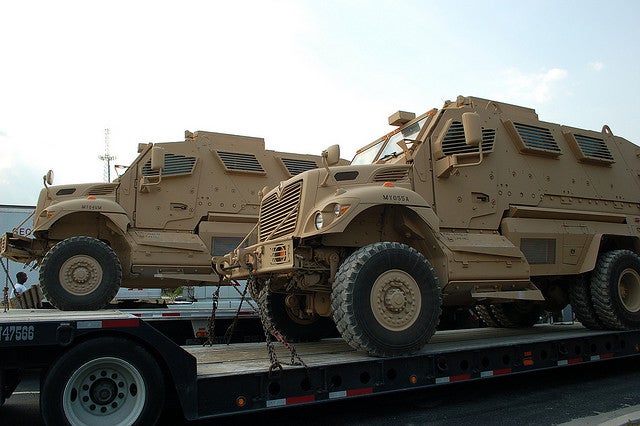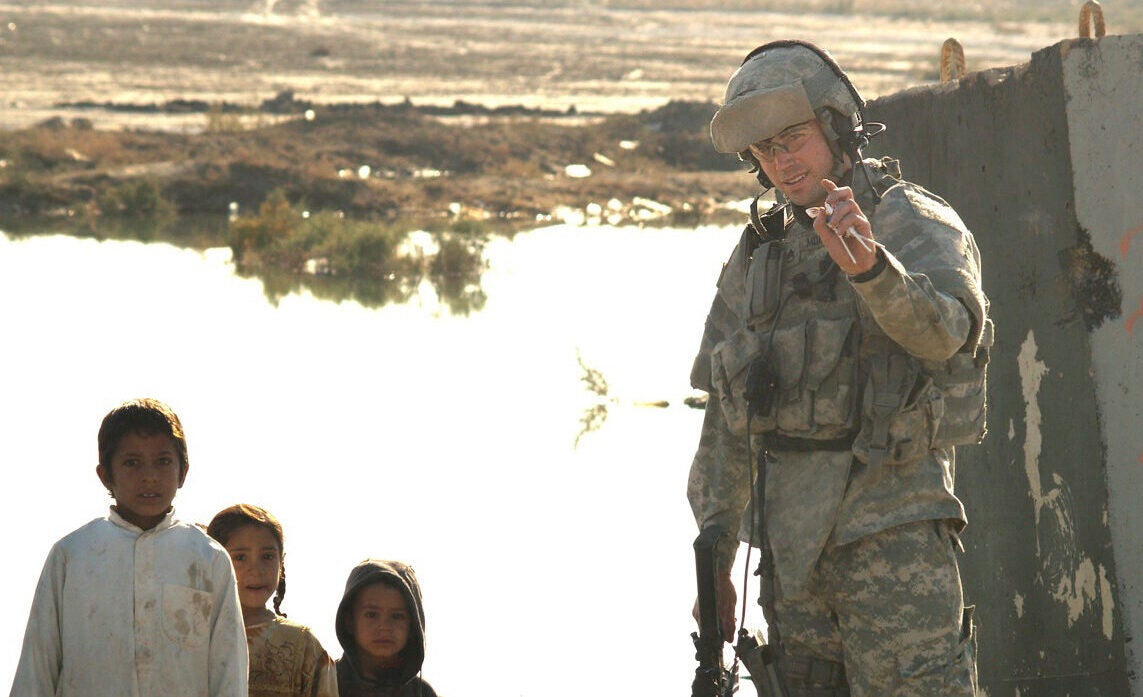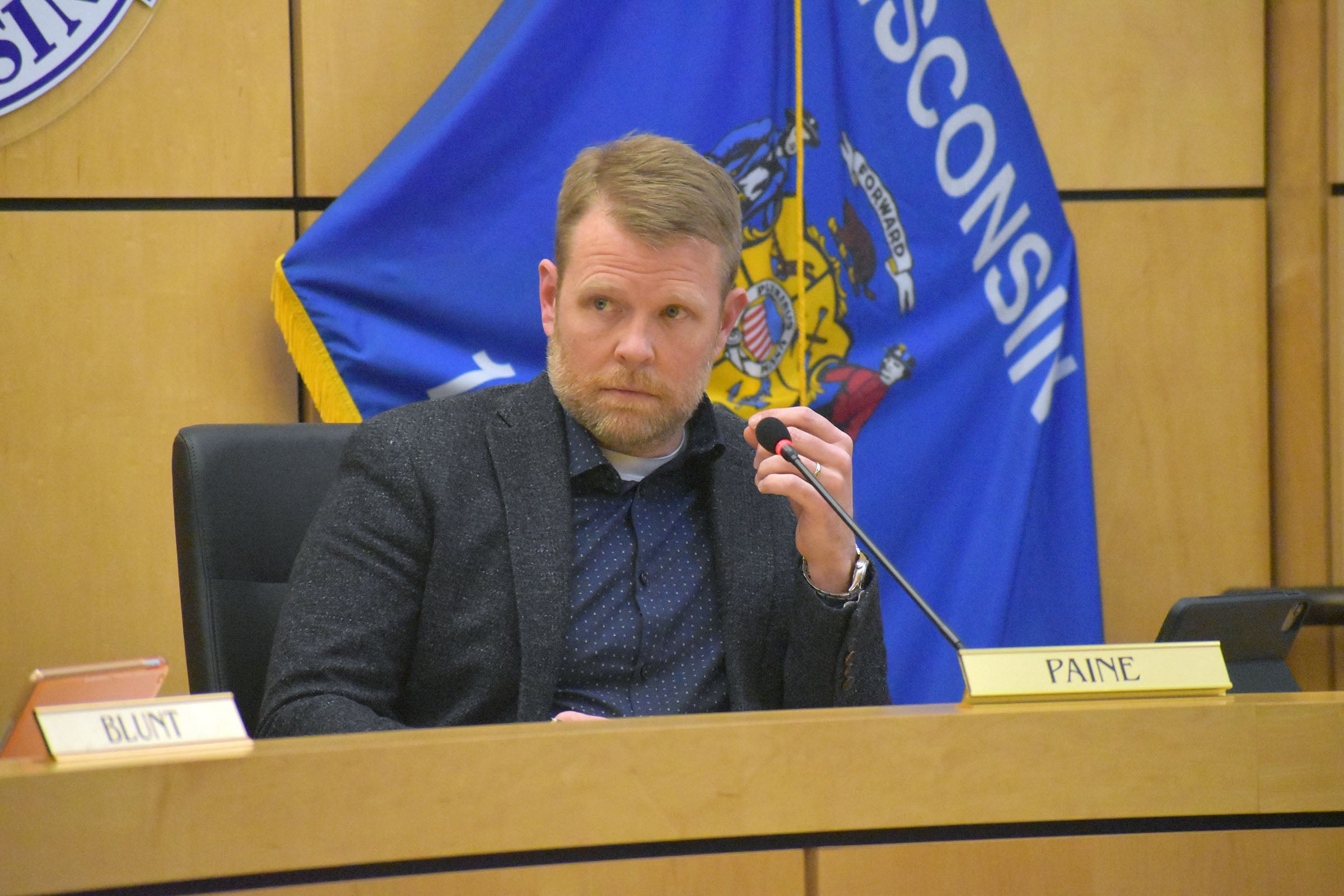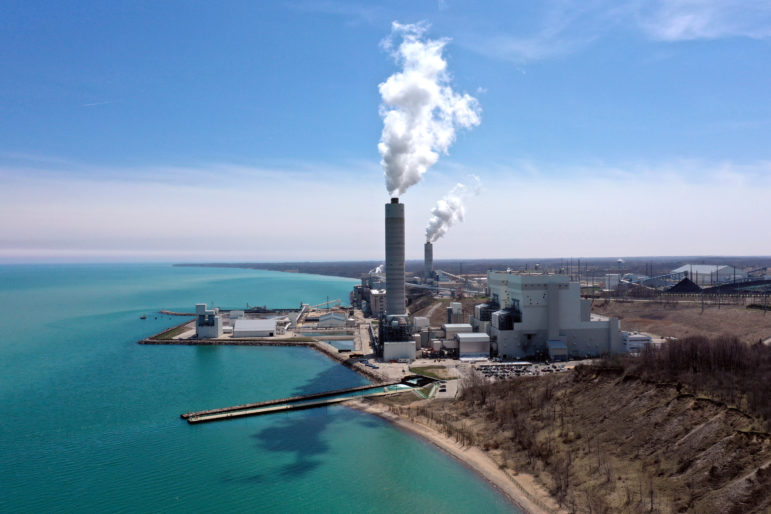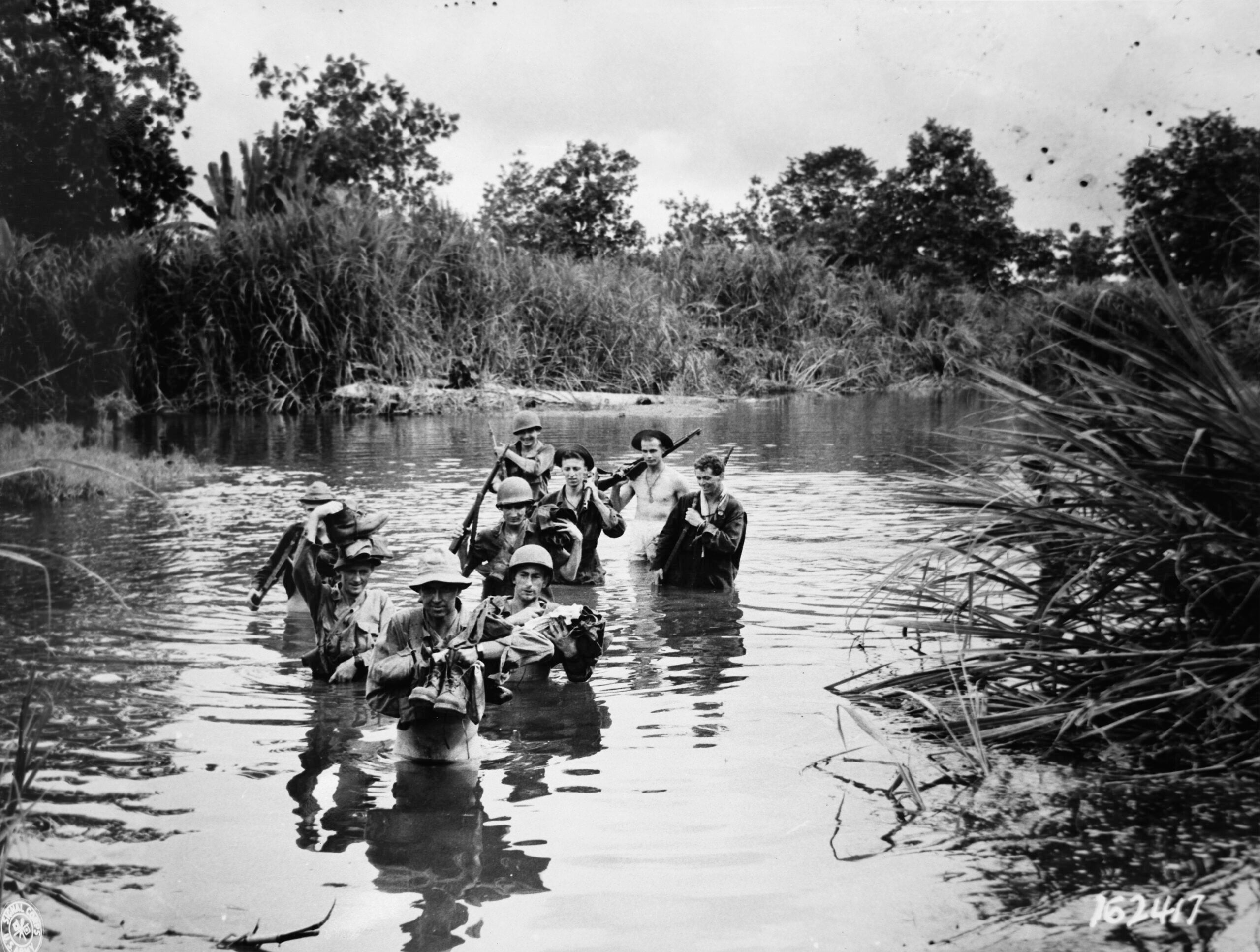The Superior Police Department received a new six-wheel, 47,000-pound vehicle this week called a Mine-Resistant Ambush Protected vehicle (MRAP) through a program that lets law enforcement agencies get their hands on equipment that the military no longer needs.
Sergeant Tom Champaigne says they hope to never have to use it, but it’s good to know they have it: “If we have a major incident, an active shooting going on at one of the schools, or a hospital or what have you,” he said. “This will be right here and be able to be a good bulletproof option for us to have.”
Champaigne says the MRAP cost the department a fraction of the military price. “The military’s acquisition price was $733,000,” said Champaigne. “Our cost getting it was shipping. We shipped it out of Sealy, Texas at cost of about $4,500.”
Stay informed on the latest news
Sign up for WPR’s email newsletter.
Champaigne is the only current officer who knows how to run the MRAP, but he says training is set for next week.
“All of our tactical guys will know how to drive it,” said Champaigne. “But there will be probably two that will be our main drivers.”
Through the program, an additional 21 vehicles like the MRAP are coming to or are already in Wisconsin. Champaigne says people may see it as excessive, but it’s not going to be used that way.
“If you look at it, it could be intimidating, and that’s not the intent,” said Champaigne. “The intent is, if something really bad happens, how can I get to those kids or those people without officers getting killed getting there?”
He says the MRAP needs a little work to make it a law enforcement vehicle, but they don’t plan on putting much into it. He says the engine looks brand new, and the odometer only reads 6,200 miles.
Champaigne says one thing they need to look at is the transition to colder weather: “They were made for the hot desert. There are some things were going to have to do to make it acclimated to northern Wisconsin.”
Wisconsin Public Radio, © Copyright 2025, Board of Regents of the University of Wisconsin System and Wisconsin Educational Communications Board.
